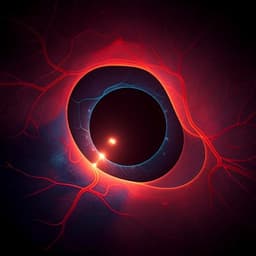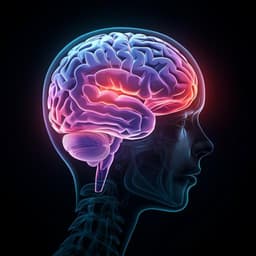
Medicine and Health
Deep learning-driven diagnosis of multi-type vertebra diseases based on computed tomography images
Y. Wang, Feng, et al.
Discover the groundbreaking work of Yongjie Wang and colleagues as they unveil a deep learning-driven diagnostic system that accurately identifies osteoporotic vertebral compression fractures and other vertebra diseases from CT images, paving the way for improved treatment options.
~3 min • Beginner • English
Related Publications
Explore these studies to deepen your understanding of the subject.







